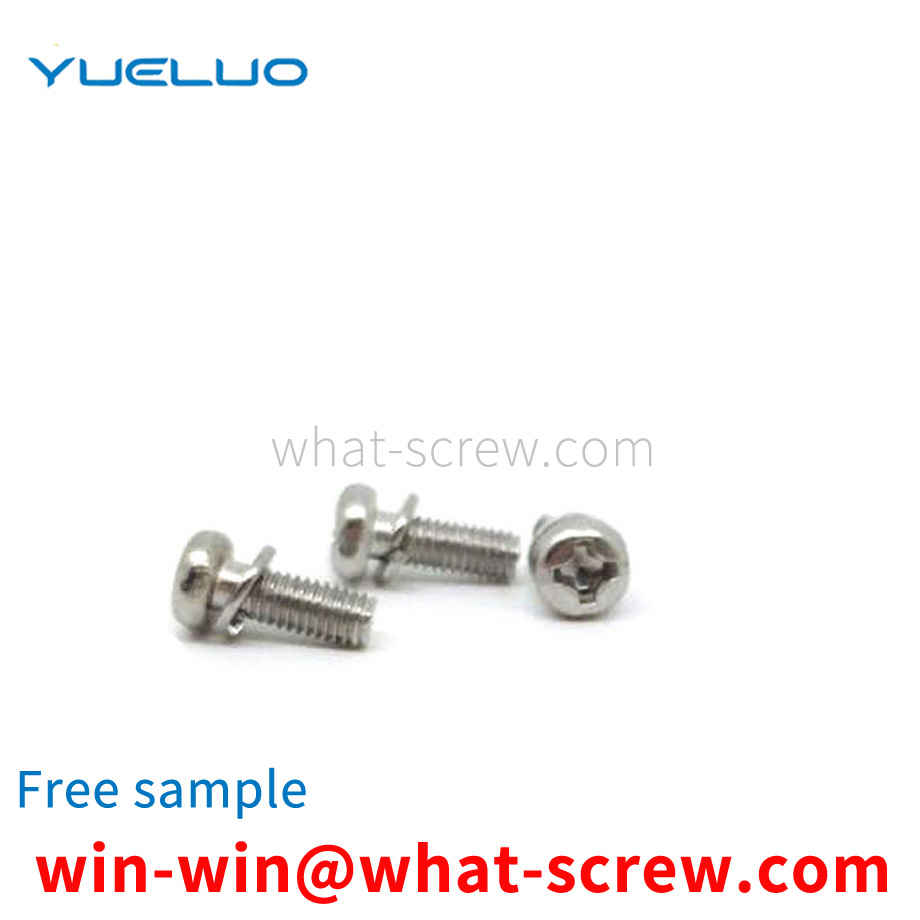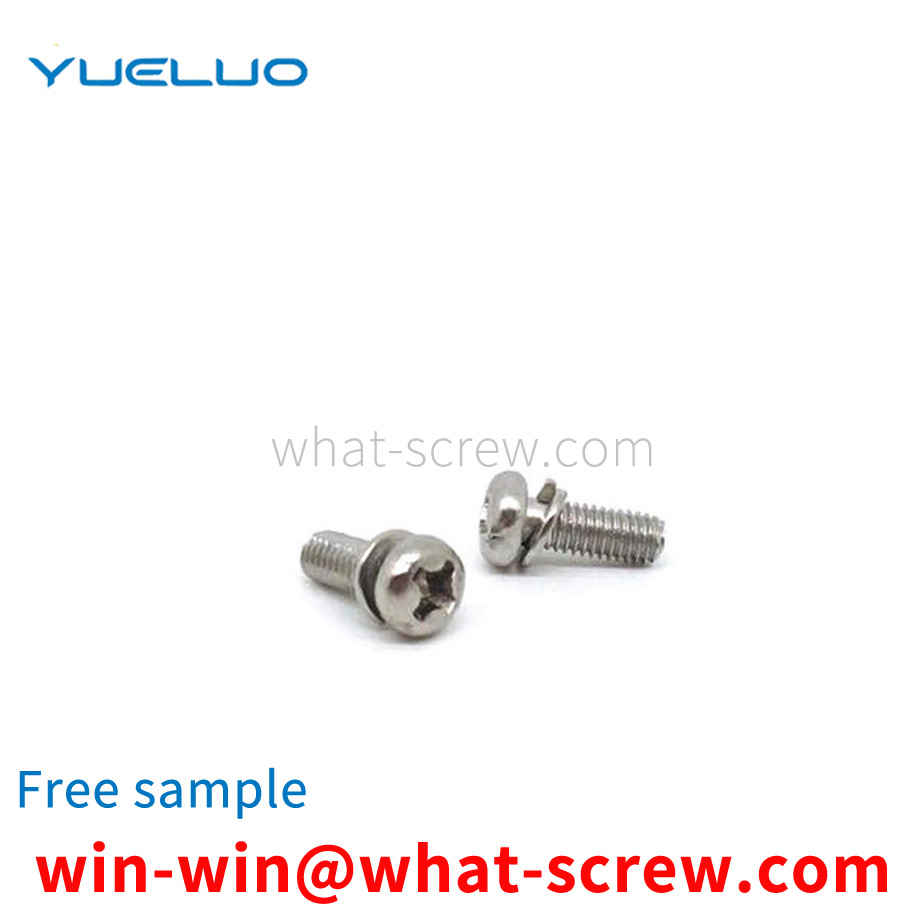The research on rivet nuts started in the 1970s in my country and is still in the design and development stage. In the mid-1980s, equipment for the production of blind rivets was introduced from abroad, but no rivet nut has been produced so far. After the inventor's search, no low-carbon steel rivet nut was found to be publicly used.
Screws are a common type of fastener on the market. It is a type of fastener consisting of a head and a screw. It can be divided into three categories according to its purpose: machine screws, set screws and special purpose screws. Machine screws are mainly used for a fastened connection between a part with a fixed threaded hole and a part with a through hole, without the need for nut matching (this connection form is called screw connection, which is also a detachable connection; it can also be Matching with nuts, it is used for fast connection between two parts with through holes.) Set screws are mainly used to fix the relative position between two parts. Special purpose screws, such as eyebolts, are used for hoisting parts.
self-locking screw comprises a screw main body, a metal screw head is arranged on the upper part of the screw main body, a thread is arranged in the middle part of the screw main body, an interference groove is arranged on both sides of the upper part of the screw main body, and the line of the interference groove is arranged. The included angle is 280-364° with the horizontal line. The bottom of the screw body is provided with an elastic chuck, and the elastic chuck includes an optical axis and a conical head. Guangdong Yueluo Hardware Industry Co., Ltd. Guangdong Yueluo Hardware Industry Co., Ltd. adopts the design of elastic collet, and the screw is provided with threaded segments and interference grooves, so that during the screwing process, the interference groove of the optical axis between the two threaded segments is formed along the screw. The axial elastic force achieves the effect of reliable self-locking, which is easy to use and has high tuning efficiency.
The elastic cylindrical pin, also known as the spring pin, is a headless hollow cylindrical body, which is slotted in the axial direction and chamfered at both ends. It is used for positioning, connection and fixation between parts. The outer diameter of the spring pin is usually slightly larger than the mounting hole. The deformation force generated by the elastic cylindrical pin to be restored to its original state by extrusion ensures the clamping effect of the elastic cylindrical pin. But just because of its clamping effect, it will play a big obstacle to the disassembly of the elastic cylindrical pin. When in use, the open end is extended out of the through hole on the pin shaft, and the open end is flared and separated to prevent the elastic cylindrical pin from sliding off the pin shaft to realize the function of preventing backlash. At present, the disassembly method of the elastic cylindrical pin usually uses a punching machine to remove the cylindrical pin, which easily destroys the equipment installed on the cylindrical pin, and the disassembled elastic cylindrical pin cannot be used again due to damage. One method is to insert the mounting pin with the clearance fit of the mandrel, punch the pin behind the mandrel to clamp the bottom of the cylindrical pin, and then pull out the cylindrical pin, which can only be used when the elastic mounting pin is installed in the through hole, and because it is necessary Applying force to the mandrel increases the difficulty of disassembly and increases the work intensity of the installer. Three methods are done by the installer using two needle nose pliers. Specifically, first use needle-nose pliers to clamp the ends of both sides of the elastic cylindrical pin, and then apply an inward force to the needle-nose pliers, so that both sides of the elastic cylindrical pin rotate in the same direction until the opening becomes smaller, and then Pull it out to remove it successfully. The defects of these existing methods are obvious. The shape of the disassembled elastic cylindrical pin is either unusable or the deformation of the cylindrical pin after disassembly is not uniform, which seriously affects the performance of the elastic cylindrical pin, resulting in waste and increased cost; The method is purely manual work, and sometimes it takes several repetitions to remove the elastic cylindrical pin. Due to the different installation positions of the elastic cylindrical pin, it sometimes increases the difficulty of disassembly, and it is difficult to remove the needle-nose pliers effectively. The pliers are difficult to construct, and the elastic cylindrical pins are easily damaged. If there are too many elastic cylindrical pins to be disassembled, the existing methods are often difficult to meet the needs, which not only consumes a lot of time and physical strength of the installer, but also makes it difficult to ensure the quality.
In all kinds of machines and equipment, the various parts are fixed and assembled by bolts and nuts. However, after the machine and equipment are used for a period of time, the bolts and nuts will become loose, which will bring great safety hazards to the use of the machine and equipment. For this reason, when bolts and nuts are used for connection, a spring washer is installed between the nut and the connected part. The spring washer is in the shape of a circular ring, and the ring is not closed, and is sleeved on the bolt. The addition of the spring washer has a certain anti-loosening effect, but it can only prevent the nut from rotating relative to the bolt. In the case of large vibration of the machine, the bolt will rotate relative to the connected part.
We have many years of experience in the production and sales of screws, nuts, flat washers, etc. The main products are: miniature small screw nuts, extended flat head flat cup bolts, decorative nuts, DIN pins and other products, we can provide you with suitable products for you. Fastener Solutions.



















 Service Hotline
Service Hotline




